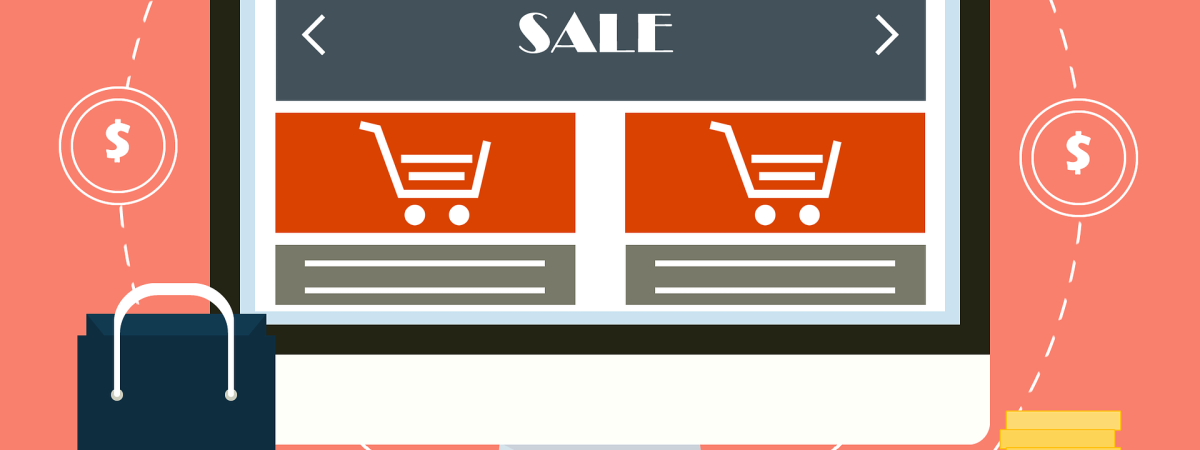
Four Benefits of Mobile Payments For all Businesses
A major trend that has stemmed from the pandemic is contactless service. From signing a document to accepting a package, people do not want to touch anything that has been touched by another person. In-store shopping is an area that is harder to make contactless, but using a mobile payment system (MPOS) lets shoppers checkout easier and safer.
A mobile payment is a payment made through a portable electronic device, like a smartphone or tablet. It can be used for personal use to send or receive money or in a professional landscape to replace traditional POS systems.
Making payments contactless is only one of the benefits of mobile payment systems — listed below are a few more!
- Increase Sales
If you were to list three things the average consumer wants out of their shopping experience you would probably say: convenience, value, and speed. By meeting all three desires, mobile payments improve customer experience and increase sales.
Convenience is key when it comes to shopping. Consumers do not go to the store expecting to face an issue or delay. Mobile payment is one way to increase convenience, especially in remote locations. Typically, businesses in remote locations, like food trucks and farms, only accept cash because the POS systems do not work with their environment. Unfortunately, not accepting cards puts businesses at risk of losing important sales. Installing a mobile payment system lowers this risk, provides another convenience for the shopper and increases potential sales.
Value is added by letting shopper’s checkout anywhere in the store. Giving staff hand-held devices to process transactions will increase one-to-one engagement and customer satisfaction. Plus, mobile payments increase the speed at the checkout. Instead of having to punch in a PIN, count cash, or search for the right card, a shopper can tap their phone and be on their way. This speeds up the line and improves the shopping experience.
- Track Trends and Inventory
Tracking inventory can be a daunting task, especially for a small business. Mobile payments streamline inventory and sales by collecting all the data in one place. The data tracked by the MPOS helps the shop owner determine the demand of certain items daily.
For example, a coffee shop owner might see that, on Monday mornings, the shop sells out of banana bread quickly, but on Wednesdays they mainly sell chocolate chip cookies. This data will allow them to have the appropriate amount of product, make their customers happy, and reduce waste.
- More Security
Not only are mobile wallets safer for the consumer, but they also help protect the merchant from fraud. Since mobile wallets are often paired with biometric screening, such as a fingerprint scans, it is harder for cards and financial information to be stolen from the consumer, and stores can worry less about screening for fraud.
- Integrate with loyalty programs
The average consumer is a member of 14.8 loyalty programs, but only 18 percent engage with the programs in which they are enrolled. A main reason consumers decide not to utilize points systems is because they do not want to search through their wallet at each store. This does not mean loyalty programs are redundant though — they just need to shift to the virtual world.
The same Forbes report found that 75 percent of consumers said they would be more likely to use an incentive program if it was connected to their smartphone. Integrating payment and points together makes collecting points easier and more efficient. The shopper only needs to scan their card and the points will be automatically added to their account.
Mobile payments have many benefits, and it may be time for your business to look into a MPOS system if you haven’t already.




